Introductions in Hanoi’s Old Town
The bustling capital with its eclectic neighbourhoods, pagodas, and lakes is as good an introduction to Vietnam as any, but the food in particular is of note. Bubbling bowls of Pho with sides of deep-fried banh quay, Hanoi beer, and unending mopeds laden the air with a heady mix of spice, flame and petroleum. Wander the French Quarter and the old town, and you’ll find them lush with trees and plants, many draping across walls and forming archways over roads heavy with traffic and the cacophony of a hundred motorcycle horns. But it's the colourful tube houses, synonymous with Hanoi, and the delicious street food that resonates. Foodies animate roadside eateries atop tiny stools in red and yellow, eating Pho for breakfast, Banh Mi stuffed with pork for lunch, and catfish marinated in Turmeric for dinner, all sunken down with frothy egg coffee and refreshing Hanoi beer.
Excitingly, Vietnam received Michelin recognition in 2023, with four restaurants becoming Vietnam’s first to receive stars, alongside more than a hundred Bib Gourmands. Of the four newly-starred Michelin restaurants, three are in Hanoi. Try the exquisite 12-course menu at Gia, across the road from the Temple of Literature, for an elevated glimpse of Vietnam’s expansive culinary heritage. Perfect after a day trip to Trang An or Ninh Bính.



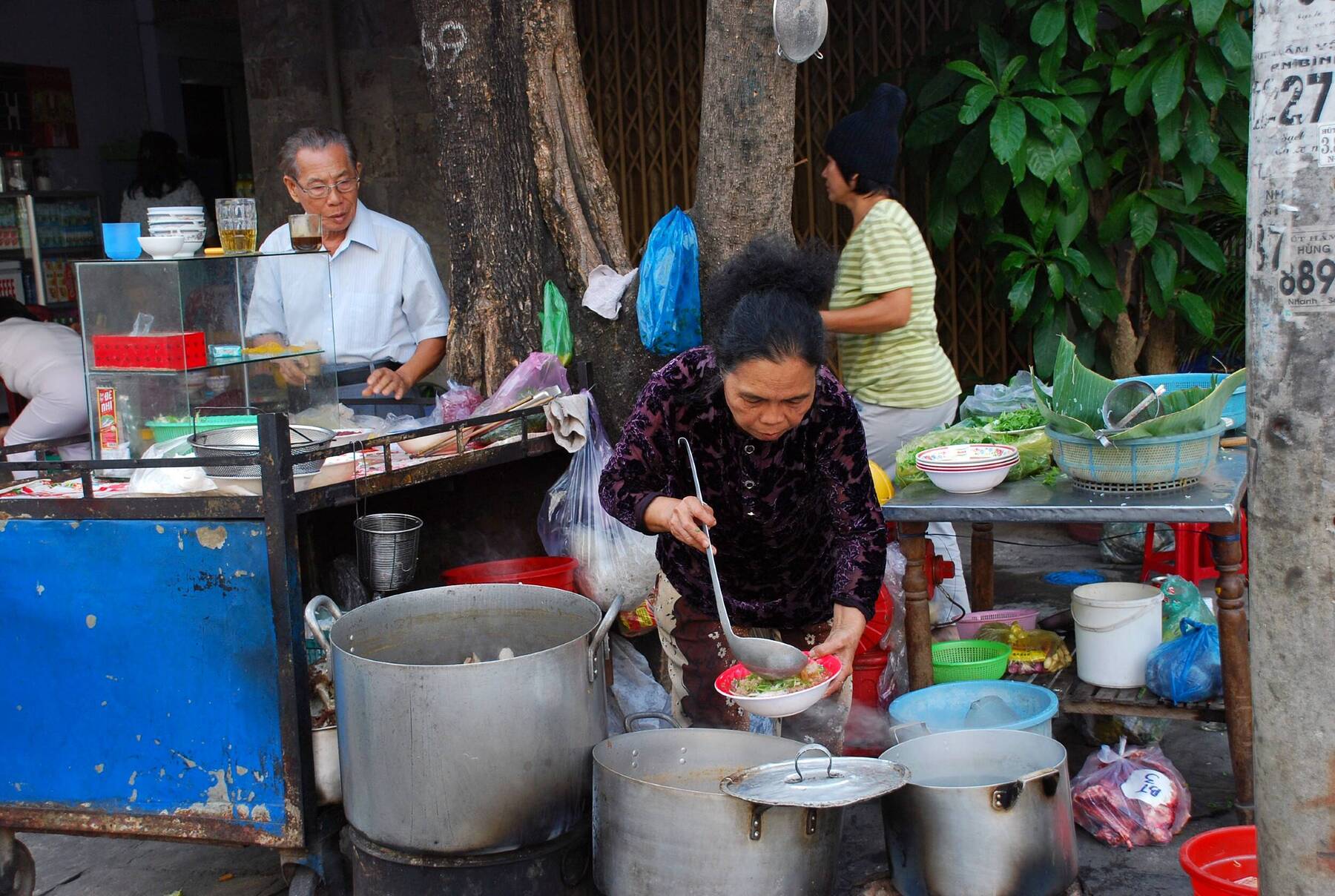
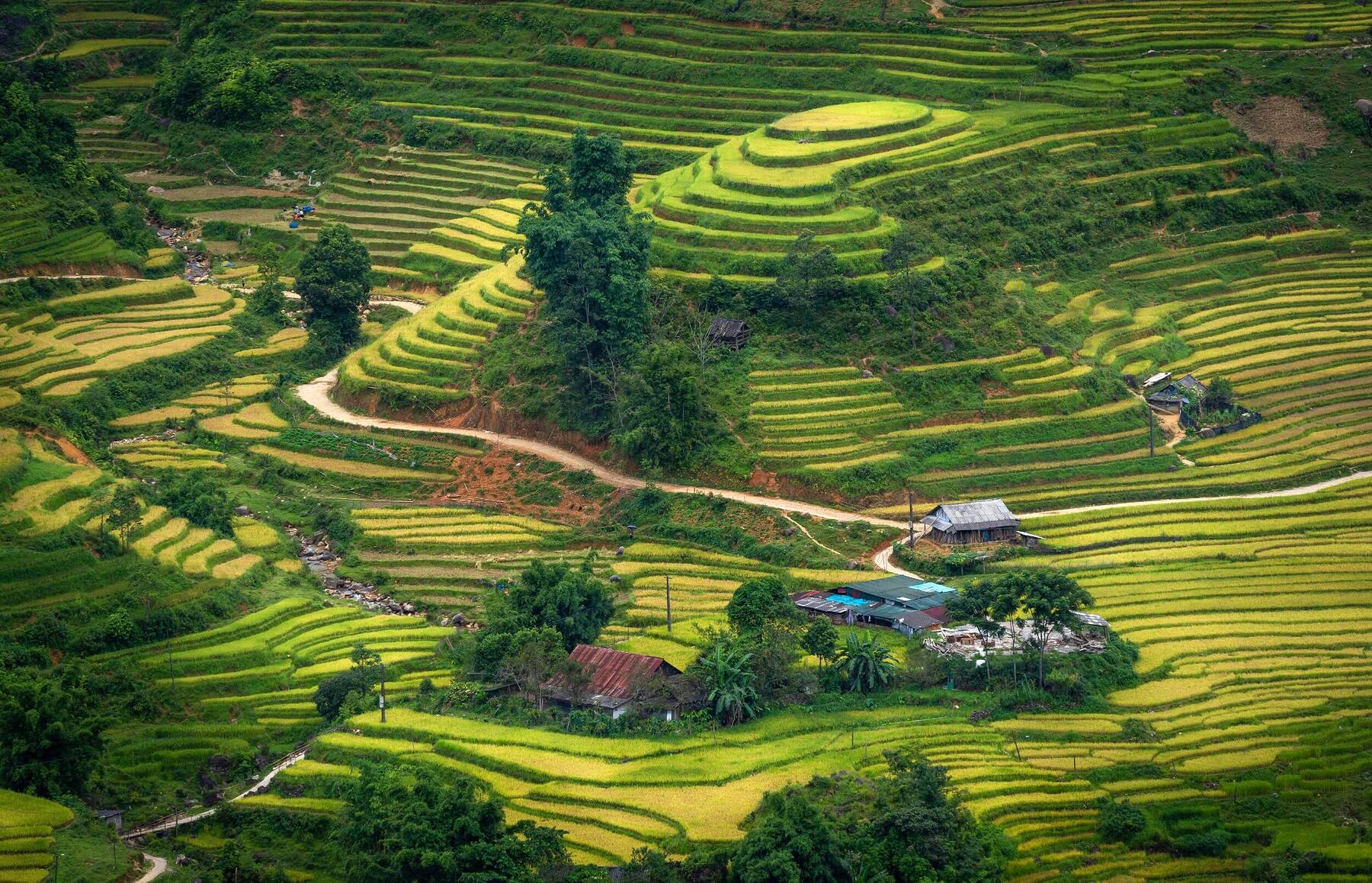
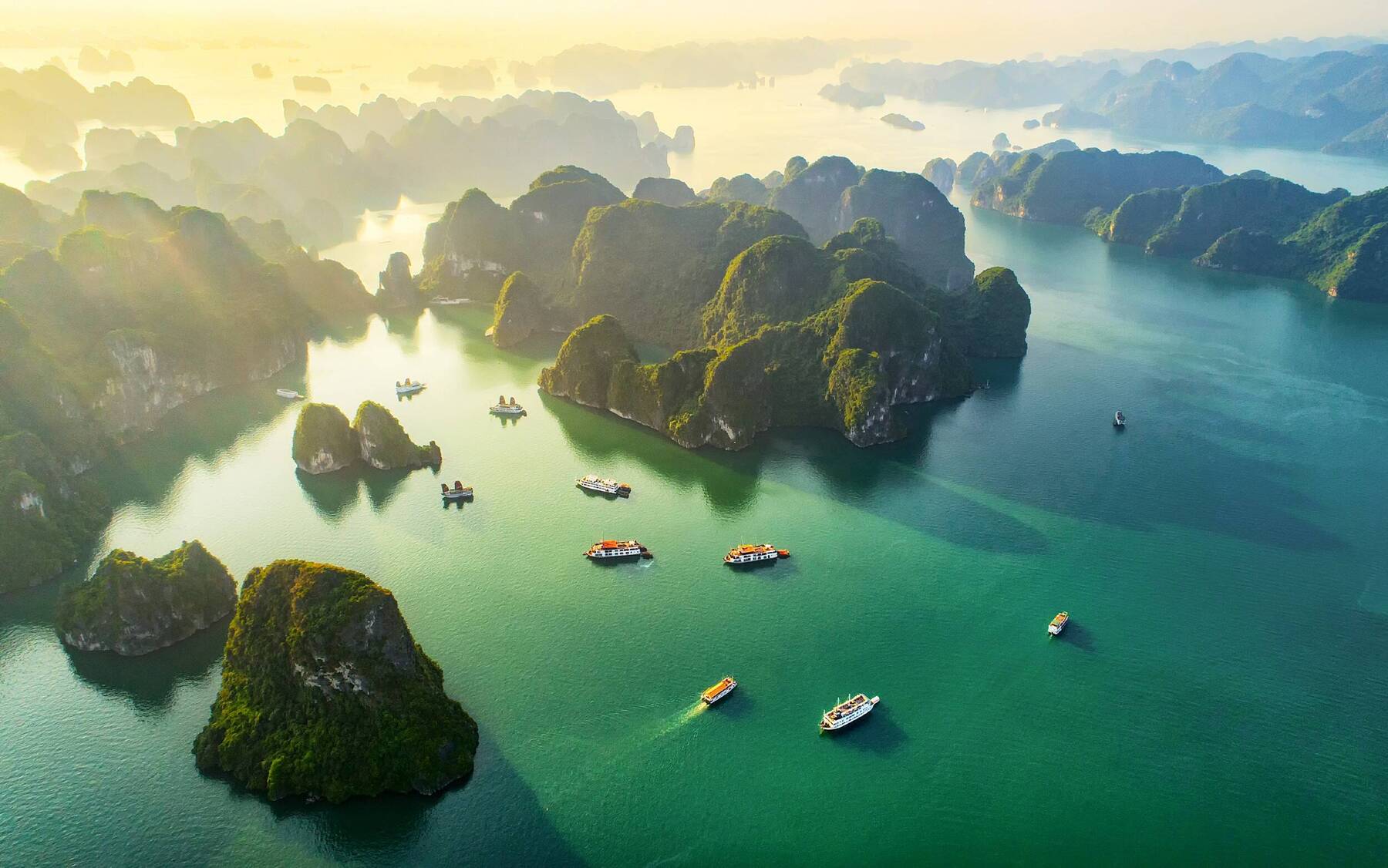
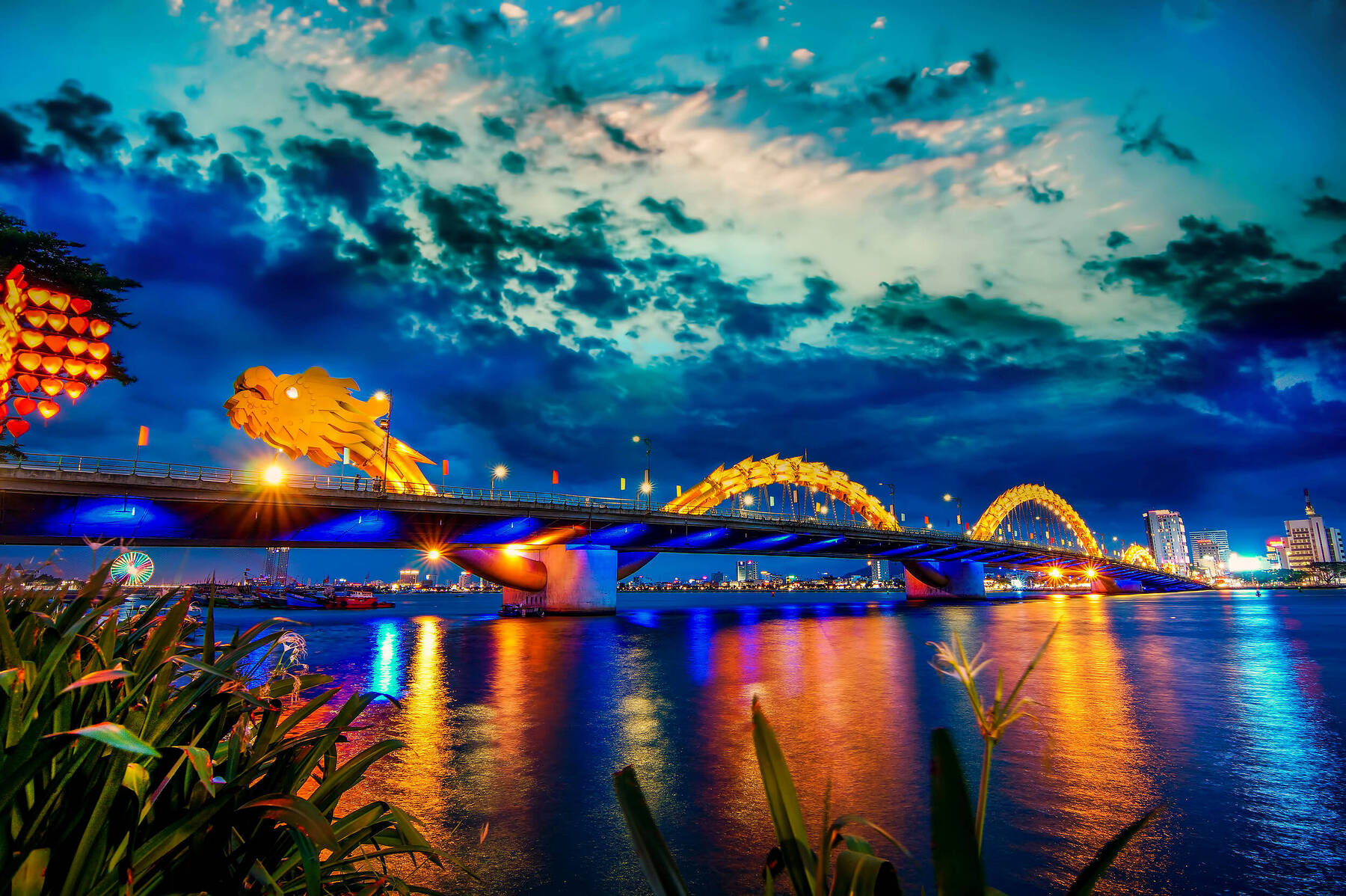
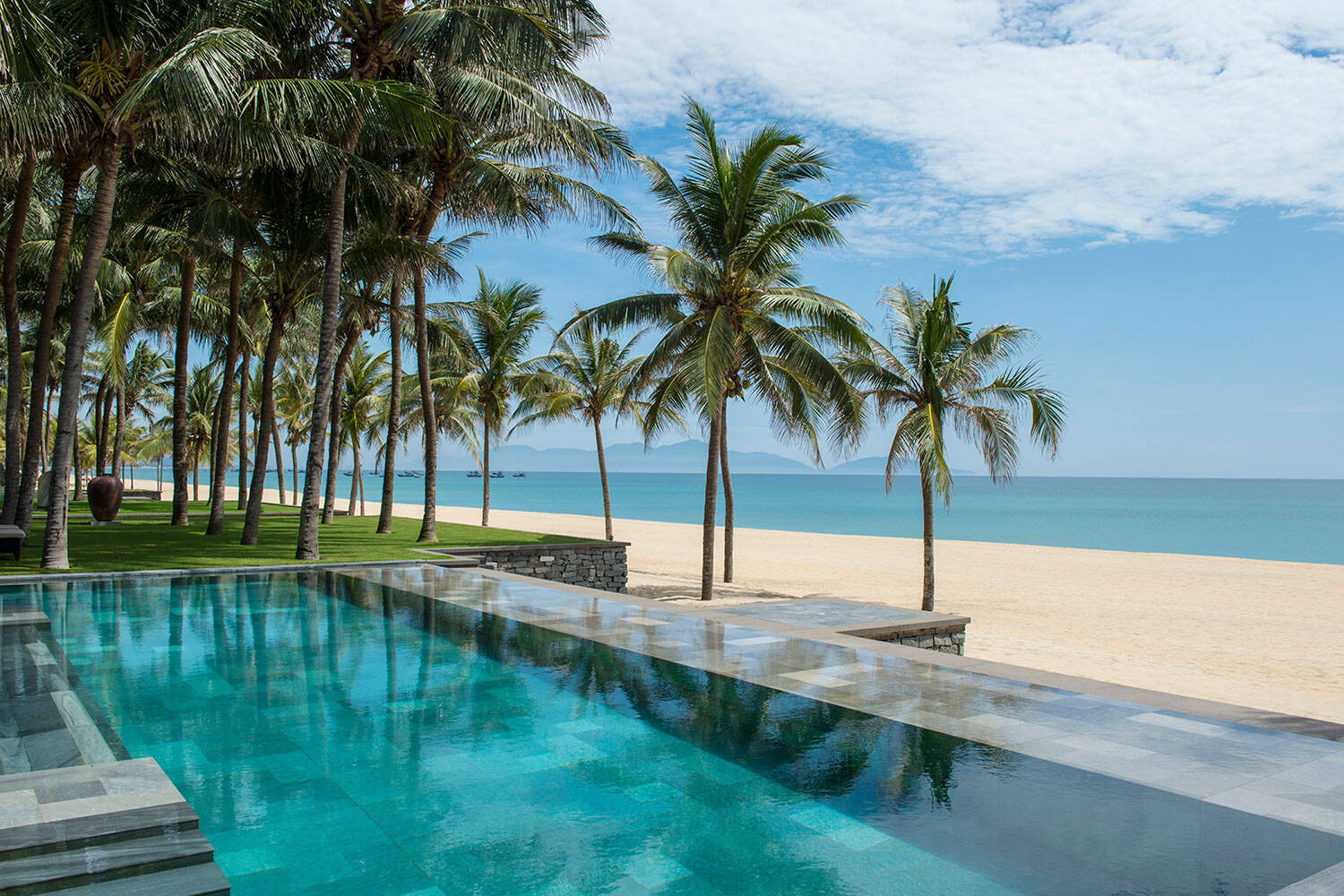
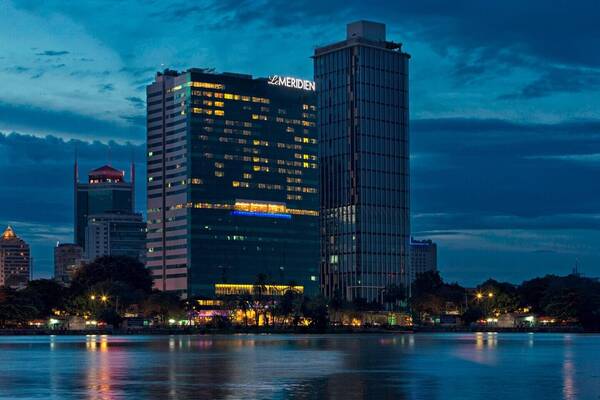
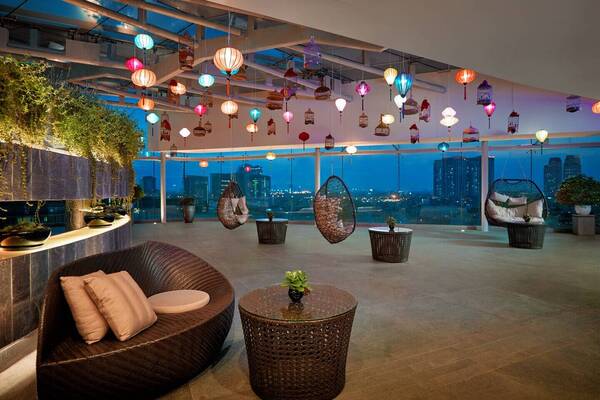
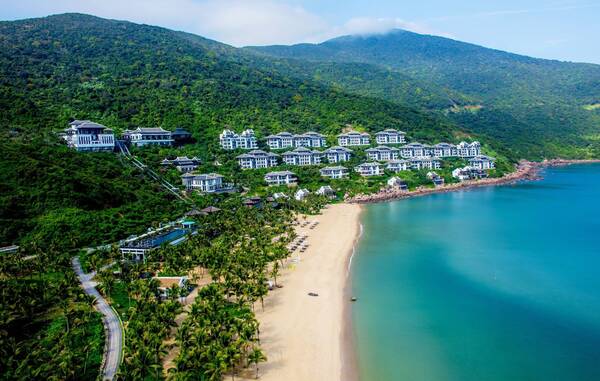
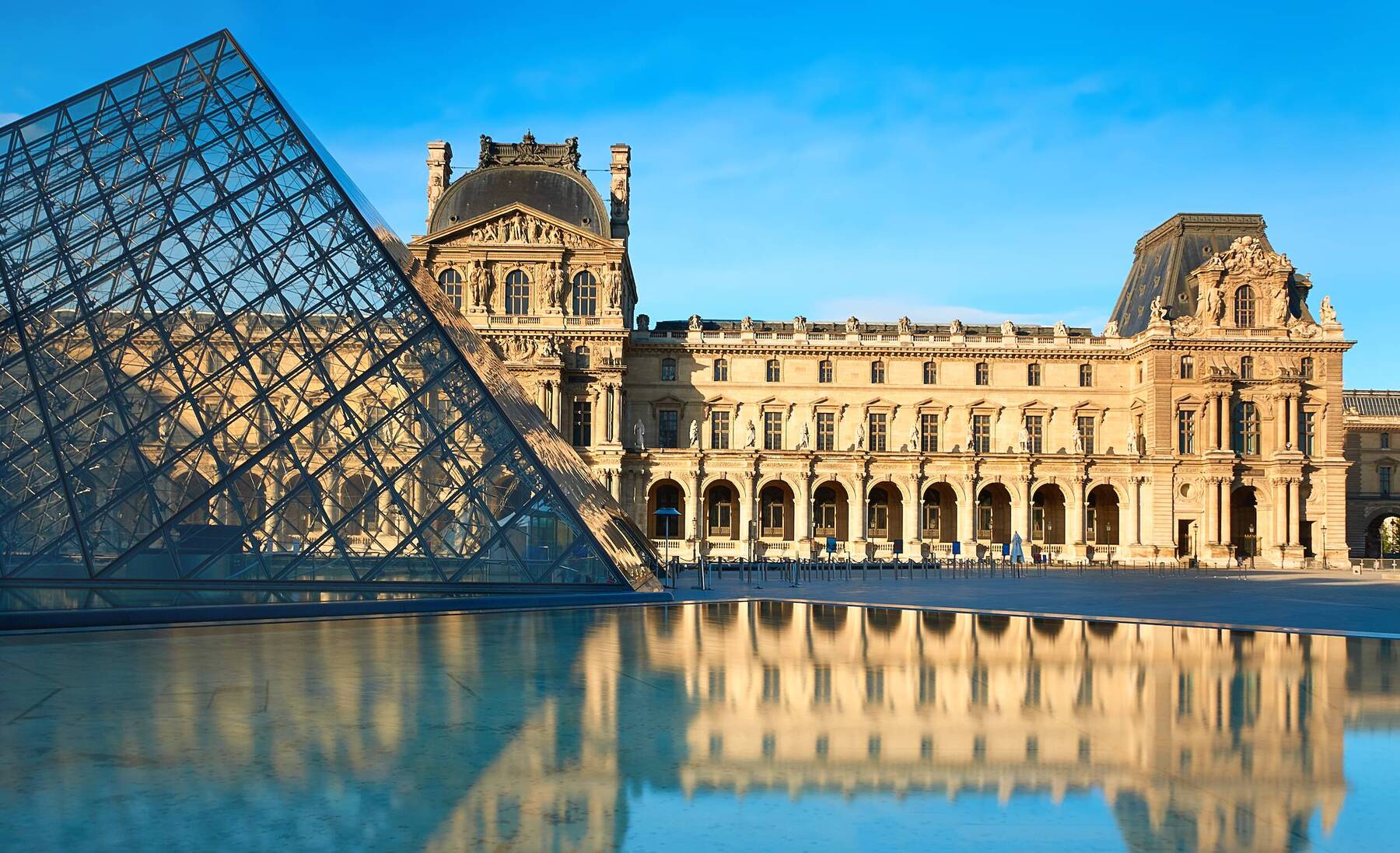
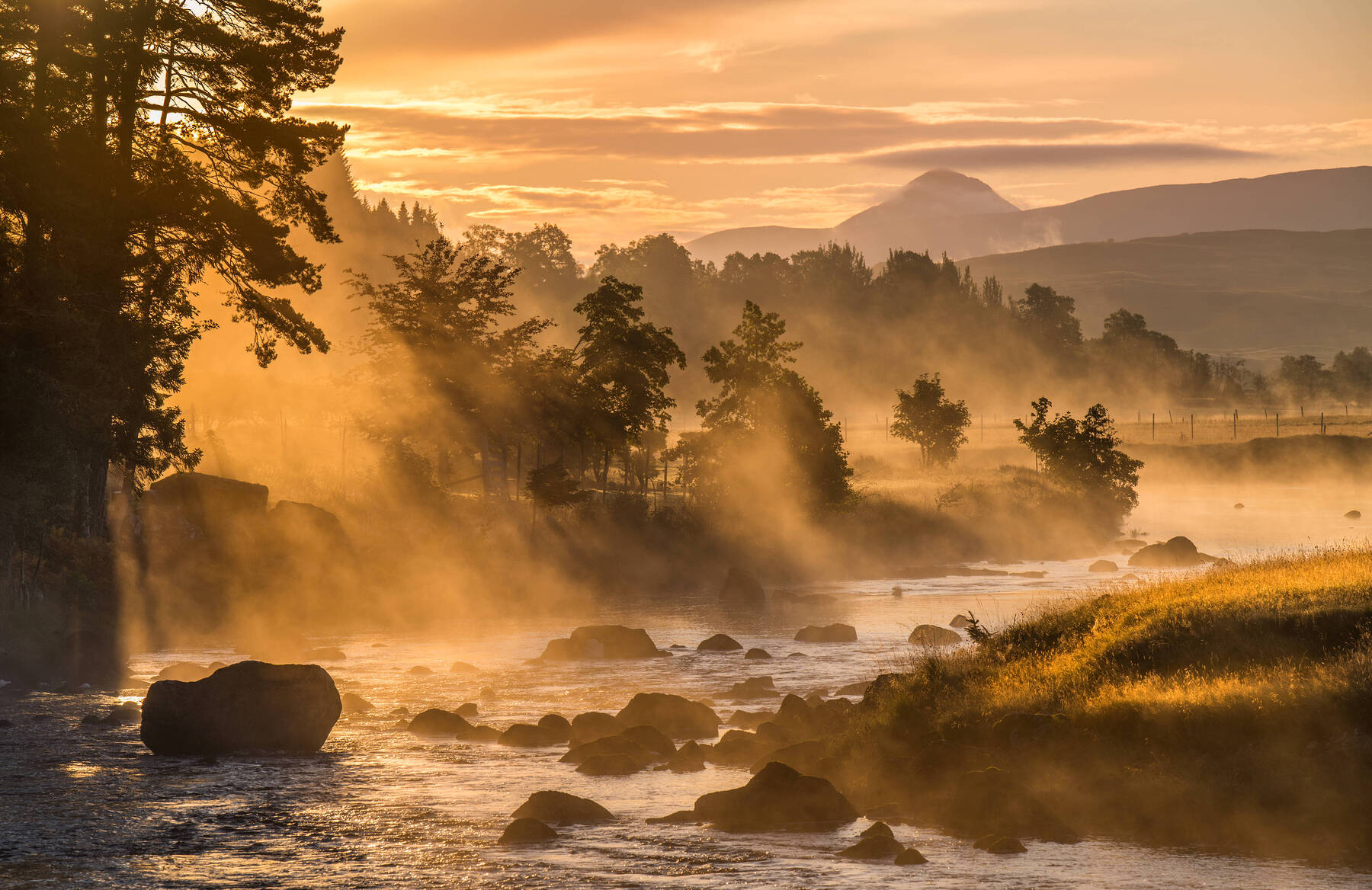
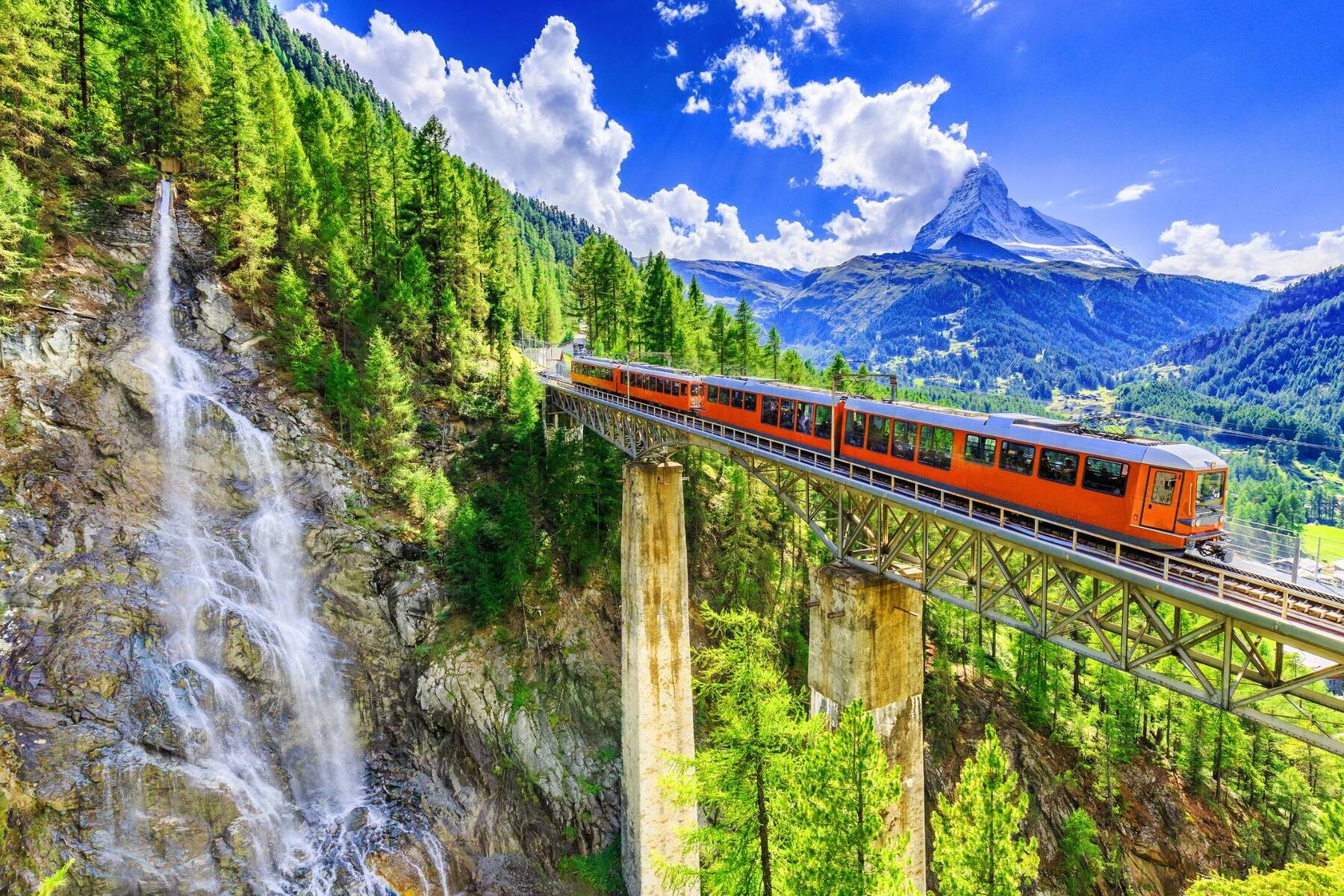




Comments